In living rooms across America, the cheerful chirps of budgerigars (commonly called budgies or parakeets) have become as familiar as the sound of the family dog. These vibrant, pocket-sized parrots have maintained their position as America’s most beloved entry-level bird for decades, despite competition from dozens of other companion bird species.
With their affordable price point, manageable size, and charming personalities, budgies offer the perfect introduction to avian companionship for novice bird keepers. Their enduring popularity isn’t just coincidence—it’s the result of a unique combination of traits that make them ideally suited for first-time bird owners while still offering the engaging companionship that experienced bird enthusiasts appreciate.
A Brief History of Budgies in America
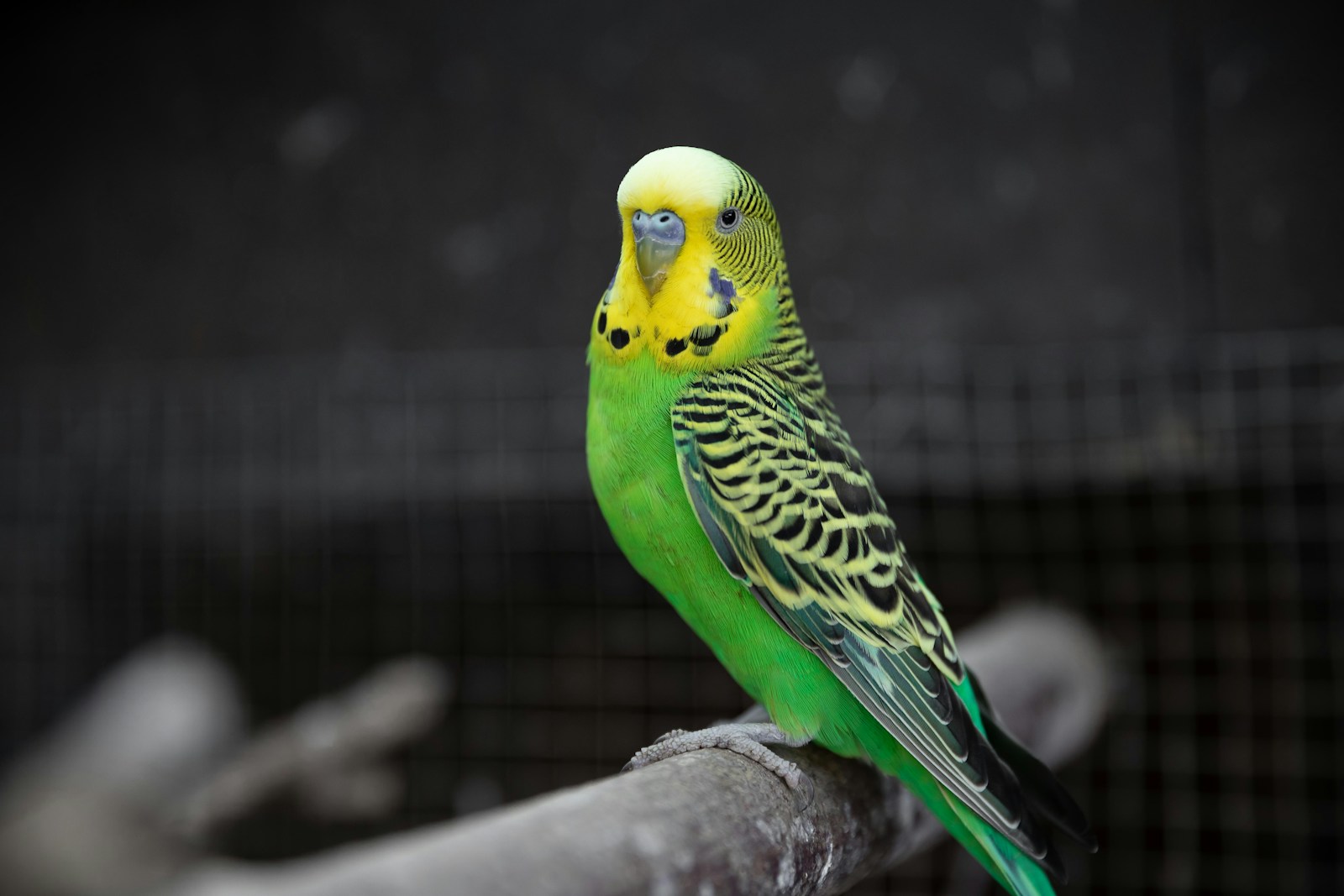
Budgerigars first captured American hearts in the late 19th century, but their popularity soared dramatically after World War II when they became accessible to average households. Originally native to Australia’s grasslands, these birds had been kept as pets in Europe since the 1840s, gradually making their way across the Atlantic. The post-war economic boom made pet keeping more feasible for middle-class families, and budgies—with their relatively simple care requirements—emerged as an ideal choice.
By the 1950s, budgies had secured their position as America’s most popular cage bird, appearing in countless homes during the suburban expansion. Their staying power has been remarkable, maintaining their popularity even as exotic pet trends have come and gone over the decades.
Affordability Makes Budgies Accessible
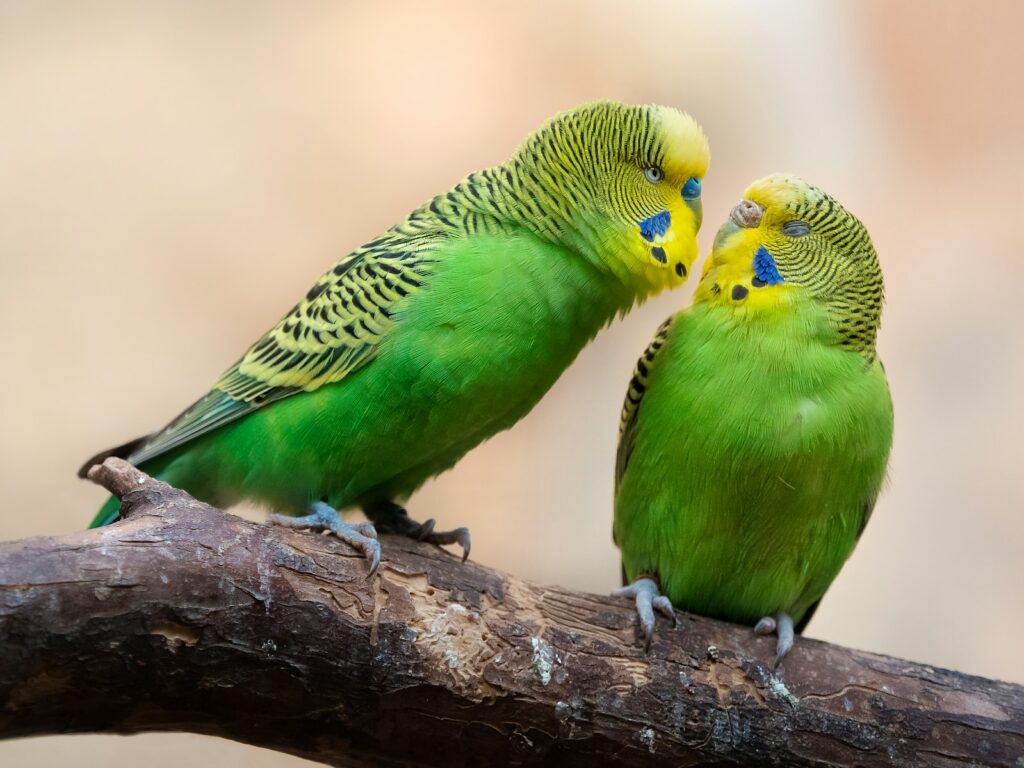
One of the most compelling reasons for budgies’ continued popularity is their affordability compared to other pet birds. While larger parrot species can cost hundreds or even thousands of dollars, budgies typically range from $10-$35 at pet stores, making them financially accessible to most households. The initial setup costs for a budgie—including a cage, toys, food, and accessories—are also significantly lower than for larger birds, usually totaling under $200 for quality essentials.
This economic advantage extends to ongoing care costs, with budgies consuming less food and requiring fewer expensive toys than their larger counterparts. Veterinary care, while still important, generally costs less for these small birds, making emergency expenses less intimidating for first-time bird owners.
Manageable Size and Housing Requirements
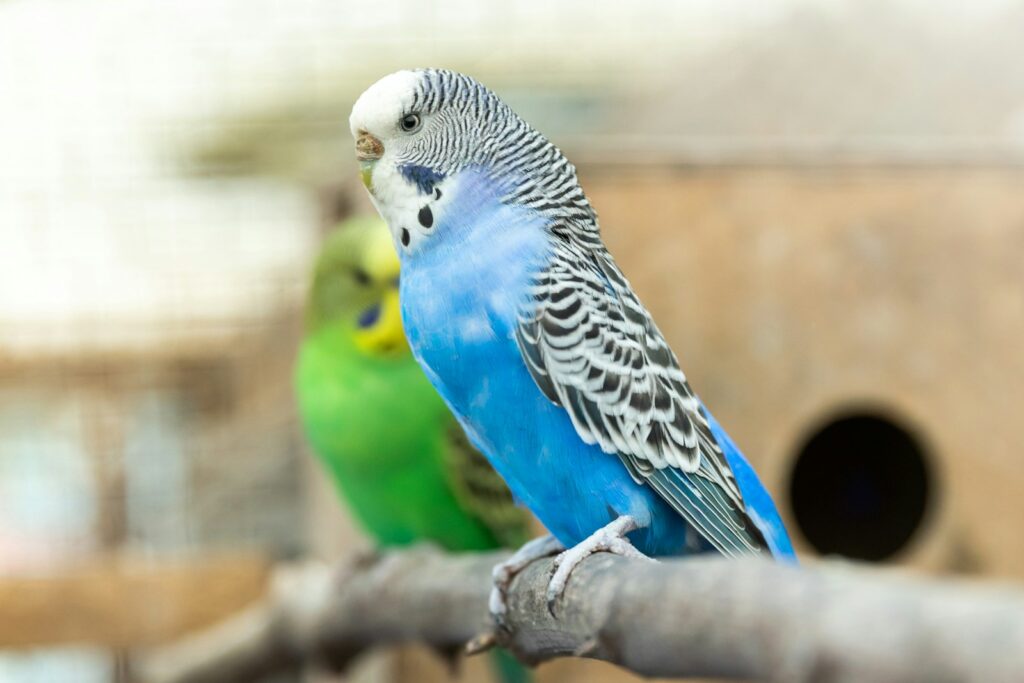
Budgies’ compact size makes them ideal for modern living situations where space may be limited. Unlike larger parrots that require substantial cages and ample room to move, budgies can thrive in appropriately-sized cages that fit comfortably in apartments and smaller homes. A single budgie needs a minimum cage size of 18×18×18 inches, though larger is always better for these active birds.
Their small size also translates to quieter vocalizations—while budgies are certainly chatty, their natural calls don’t reach the ear-piercing decibels of larger parrots, making them more neighbor-friendly in close living quarters. This manageable size doesn’t diminish their presence as pets; rather, it makes them more integrated into family life as they can be easily moved from room to room or housed in common living areas.
Colorful Varieties Appeal to Many Tastes
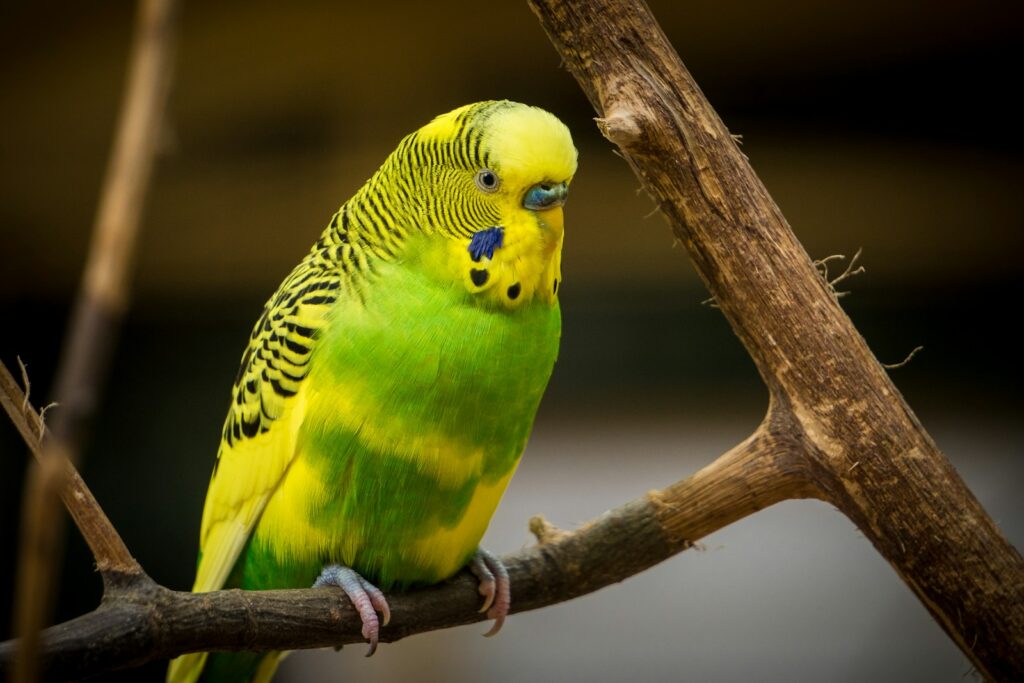
The stunning array of color mutations available in pet budgies has significantly contributed to their enduring popularity in America. While wild budgies typically display green plumage with black markings, decades of selective breeding have produced birds in vibrant blues, yellows, whites, grays, and even rare violet hues. Some budgies feature striking patterns like spangles (spots), pieds (patches), or recessive patterns that create unique visual effects in their feathering.
This variety allows new bird owners to select pets that match their aesthetic preferences or even complement their home décor. The development of new color mutations continues to this day, keeping interest in the species fresh and giving collectors and breeders ongoing goals to pursue while maintaining the same manageable, friendly bird beneath the colorful plumage.
Impressive Intelligence in a Small Package
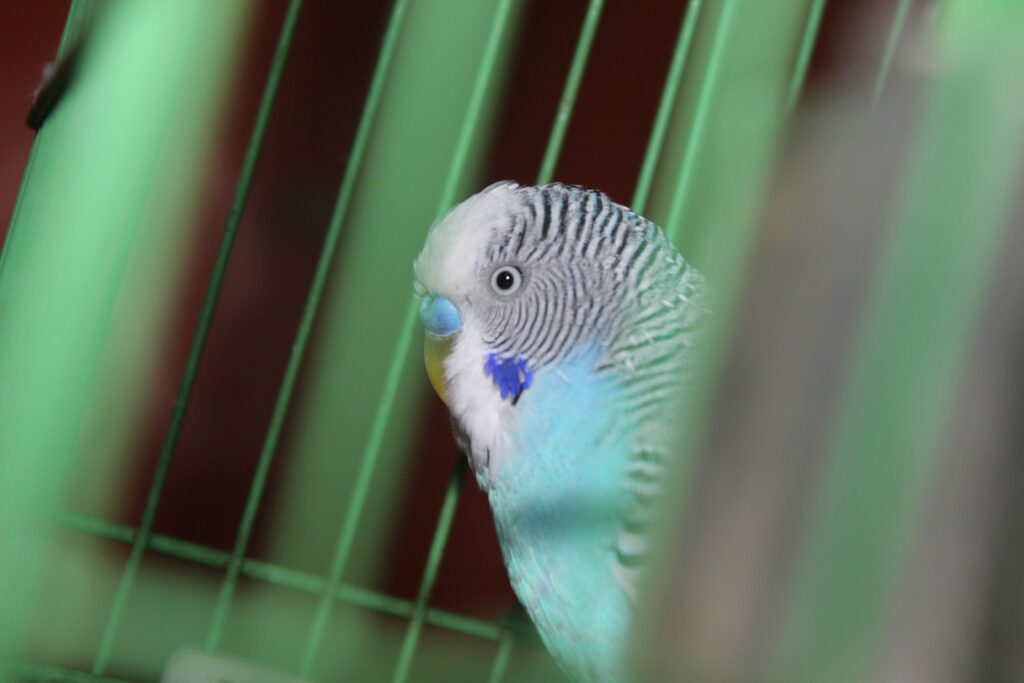
Despite their diminutive size, budgies possess remarkable intelligence that rivals many larger parrot species. These clever birds can learn vocabularies of several hundred words, with some exceptional budgies mastering over 1,000 words—a cognitive achievement that surprises many first-time owners. Their problem-solving abilities allow them to figure out puzzle toys, navigate obstacles, and even recognize patterns in their environment.
This intelligence means budgies can provide the mentally stimulating interaction many bird enthusiasts seek, without the more challenging behaviors larger parrots often develop. Their capacity for learning makes training possible, including step-up commands, simple tricks, and even potty training to some degree, giving owners the satisfaction of working with a responsive, intelligent companion.
Manageable Lifespan for Commitment-Cautious Owners
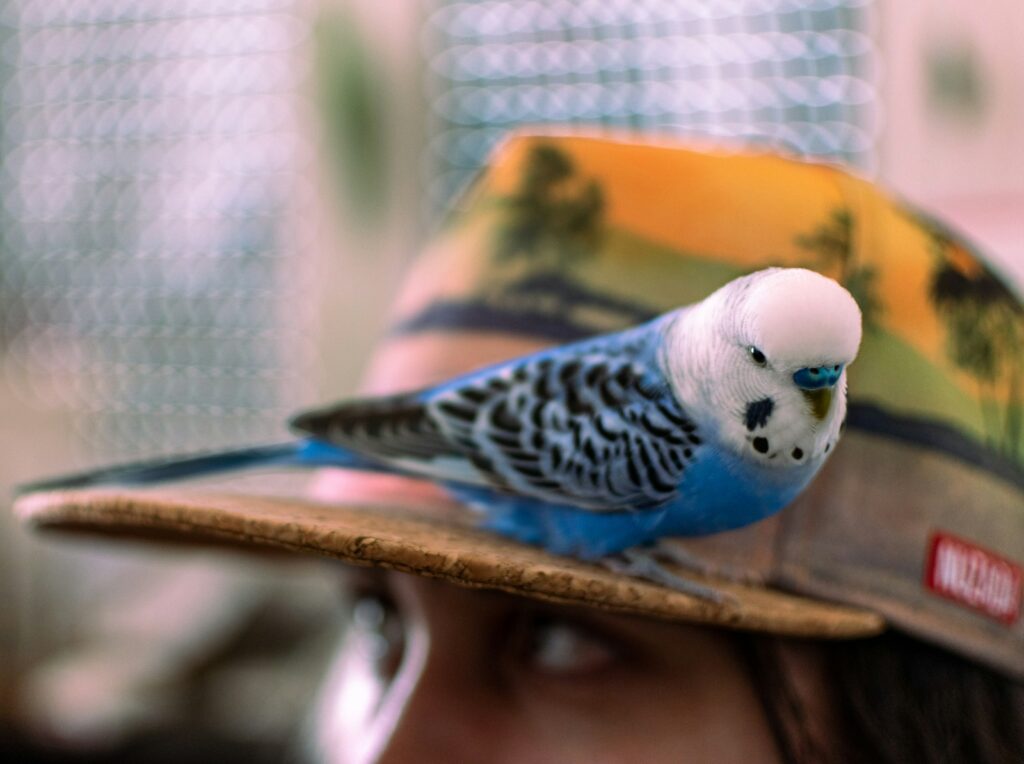
For many first-time bird owners, the potential multi-decade commitment required by larger parrots presents a significant barrier. Budgies offer a more manageable time commitment with lifespans typically ranging from 5-10 years in captivity, though well-cared-for birds may live up to 15 years. This moderate lifespan allows owners to experience the joys of avian companionship without committing to what could effectively be a lifetime relationship.
The shorter lifespan also makes budgies appropriate for people in transitional life phases, such as college students or young professionals, who may be uncertain about their living situations a decade into the future. For families with children, budgies’ lifespans often align well with a child’s developmental years, providing valuable pet experience through elementary and middle school years.
Social Nature Creates Strong Bonds
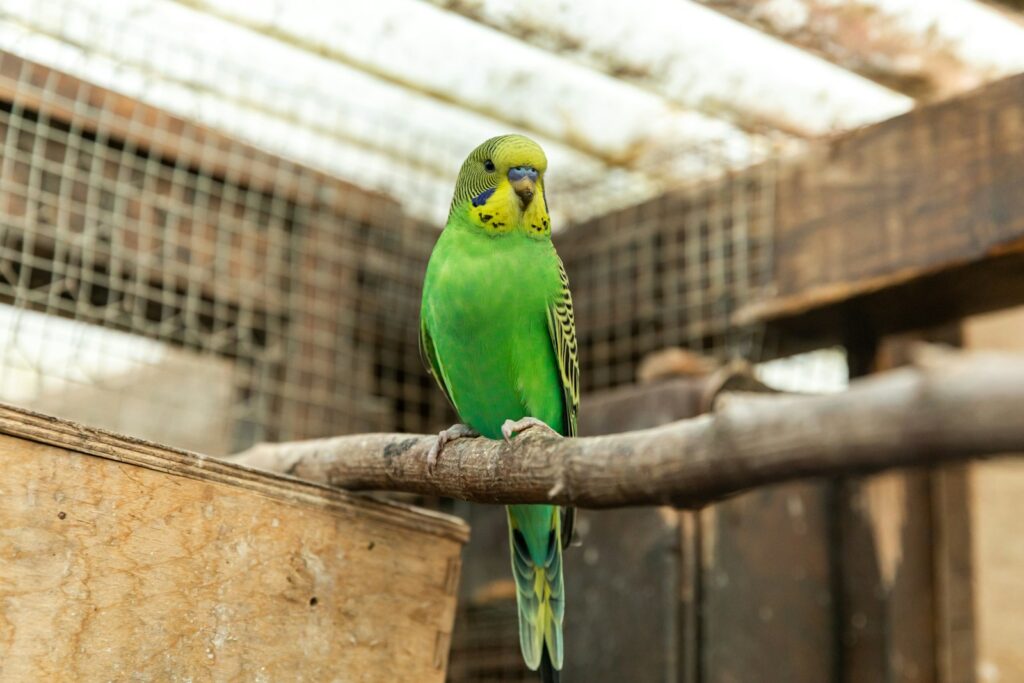
Budgies are naturally flock birds, which translates into a strong desire for social interaction that makes them engaging and responsive pets. When properly socialized, these birds form deep bonds with their human caregivers, often showing clear preferences for particular family members and seeking out interaction through chirping, following movements, or actively soliciting attention. Their social nature means they can provide genuine companionship, with many budgies enthusiastically greeting their owners or showing excitement when their favorite person enters the room.
Unlike some pets that merely tolerate human presence, budgies actively seek out social connection, often wanting to be where their humans are, whether perching on shoulders during household activities or chattering alongside family conversations. This inherent sociability makes budgies particularly rewarding for first-time bird owners seeking an interactive pet experience.
Lower Noise Levels Than Larger Parrots

The moderate volume of budgie vocalizations makes them suitable for various living situations where noise could be problematic. While budgies are certainly not silent pets—they chatter, sing, and can be quite vocal during active periods—their natural calls rarely reach the painfully loud screams characteristic of larger parrot species. The typical budgie’s voice registers at around 65-70 decibels at its loudest, comparable to normal human conversation, unlike macaws or cockatoos that can exceed 100 decibels.
This more manageable noise level means budgies can be kept in apartments, condominiums, and other shared living spaces without causing noise complaints from neighbors. Their vocalizations tend to be pleasantly musical rather than harsh, with many owners describing budgie chatter as ambient background sound that adds cheerful energy to the home rather than disrupting it.
Relatively Simple Care Requirements
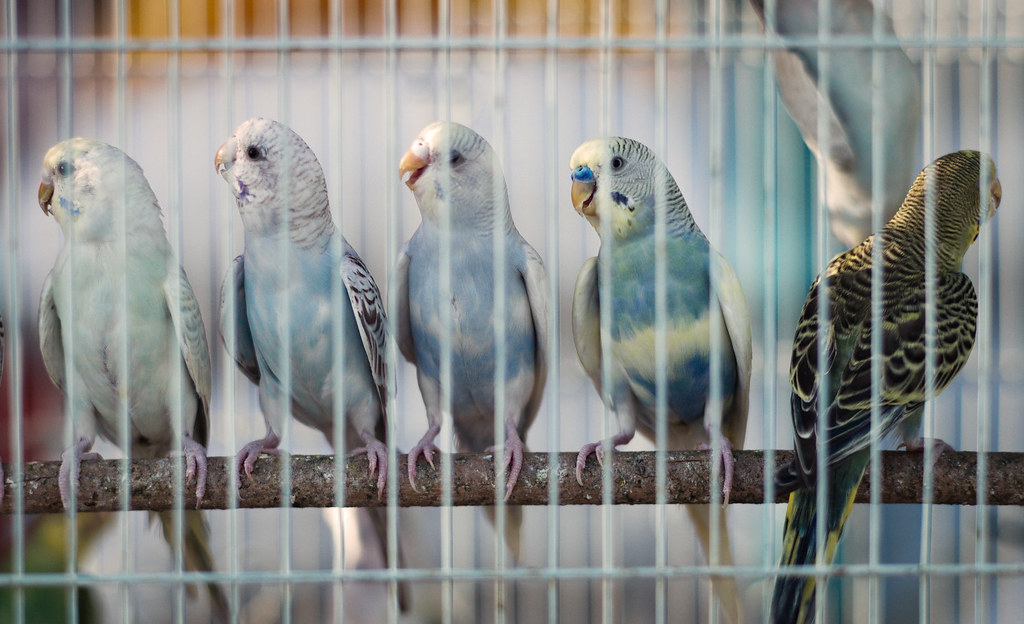
Budgies offer a forgiving introduction to bird keeping with care requirements that are straightforward compared to more demanding avian species. Their diet centers around a quality seed mix or pellets supplemented with fresh vegetables and fruits, without the complex nutritional needs some larger parrots exhibit. Basic cage maintenance includes regular cleaning, fresh water, and occasional perch and toy replacement—tasks manageable even for busy households or younger caretakers with supervision.
Their grooming needs are minimal, with most budgies handling their own feather maintenance through natural preening behaviors, though owners should provide bathing opportunities several times weekly. Health monitoring is relatively straightforward, with visible cues like droppings, appetite, and activity level providing clear indicators of well-being, making it easier for novice owners to recognize when veterinary care might be needed.
Playful Personalities Provide Entertainment
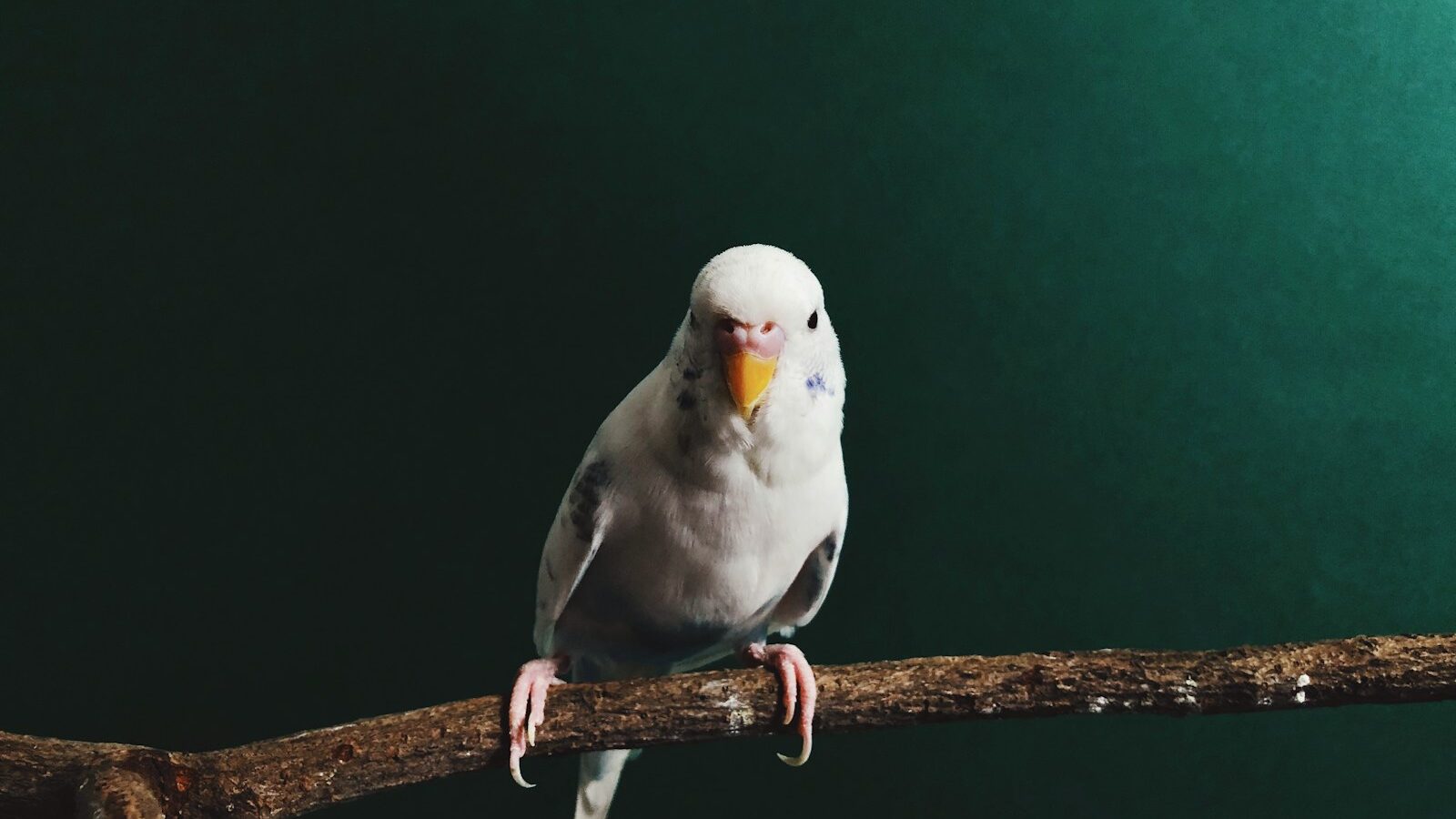
Budgies possess naturally playful, curious dispositions that make them endlessly entertaining to observe and interact with. These energetic birds engage enthusiastically with toys, performing acrobatic feats as they swing, climb, and explore their environment with characteristic zest. Many budgies develop charming individual habits, from favorite games to specific toys they prefer, creating unique personalities that endear them to their owners.
Their playfulness extends to interactions with humans, often leading to games of “peek-a-boo,” gentle wrestling with fingers, or riding on shoulders during household activities. Unlike some pets that may become sedentary or aloof, budgies maintain their playful nature throughout their lives, providing consistent entertainment value that keeps owners engaged and amused long after the novelty of a new pet has worn off.
Adaptability to Different Households

Budgies demonstrate remarkable adaptability to various living situations, making them suitable for diverse household compositions. These versatile birds can thrive in families with children (with appropriate supervision), senior households, or with single owners, adjusting their interaction style to suit their human companions. Their schedule flexibility means they can adapt to different household routines, being active during the day when humans are home but also entertaining themselves with toys when left alone for reasonable periods.
Unlike some pets with strict exercise or outdoor requirements, budgies can be properly cared for entirely indoors, making them appropriate for apartments, condominiums, or homes without yards. This adaptability extends to cohabitation with other pets when properly introduced and supervised, with many budgies peacefully sharing homes with cats, dogs, or other bird species.
Gateway to Advanced Bird Keeping

For many bird enthusiasts, budgies serve as the perfect entry point to a lifelong passion for avian companionship. The skills developed through budgie care—understanding body language, providing appropriate diet and enrichment, recognizing health issues—build a foundation of knowledge applicable to more demanding species. Many current owners of larger parrots began their bird-keeping journey with budgies, gaining confidence through these more forgiving first pets before taking on the greater commitments of conures, amazons, or macaws.
The budgie’s complexity—greater than that of hamsters or fish but less demanding than larger parrots—occupies a sweet spot that challenges new owners while remaining manageable. Additionally, successful budgie ownership often leads to greater appreciation for birds in general, with many owners becoming advocates for avian welfare, conservation, or expanding their flocks to include multiple species.
Cultural Significance in American Homes
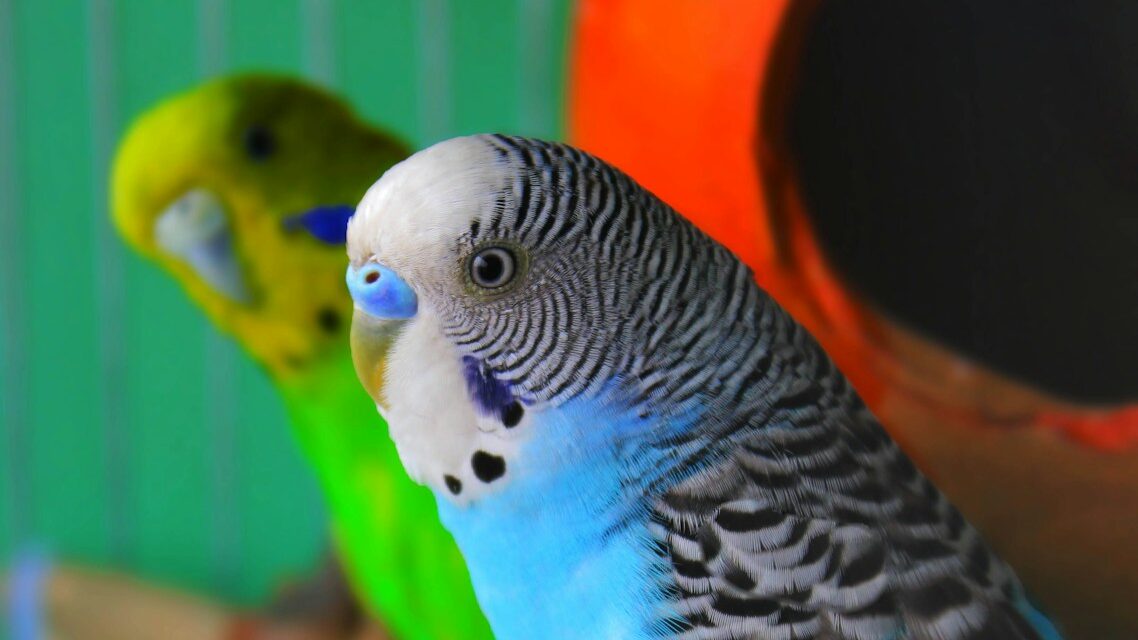
The budgie has transcended mere pet status to become a cultural icon in American homes, appearing in literature, film, advertising, and even as familiar characters in children’s media for generations. Their distinctive appearance has made them instantly recognizable symbols of companionship, featuring in everything from greeting cards to company logos. For many Americans, budgies represent nostalgic connections to childhood, with grandparents and parents passing down the tradition of budgie keeping through generations of families.
Their presence in American popular culture has reinforced their position as the default starter bird, creating a self-perpetuating cycle where new bird owners naturally gravitate toward the species they’ve seen represented positively throughout their lives. This cultural entrenchment has created a reliable market for budgie-related products and services, further stabilizing their position as America’s favorite entry-level bird.
The enduring popularity of budgerigars as America’s favorite starter bird stems from their perfect balance of engaging qualities and manageable care requirements. These colorful, intelligent companions offer genuine interaction and personality without the decades-long commitment or challenging behaviors of larger parrots. Their affordability makes them accessible to most households, while their adaptability ensures they fit comfortably into diverse living situations.
As America’s housing continues to trend toward smaller spaces and busier lifestyles, the budgie’s modest spatial needs and noise levels make them increasingly practical choices for modern pet owners. While exotic bird trends may come and go, the budgie’s winning combination of charm, intelligence, and practicality ensures these feathered friends will continue chirping happily in American homes for generations to come.

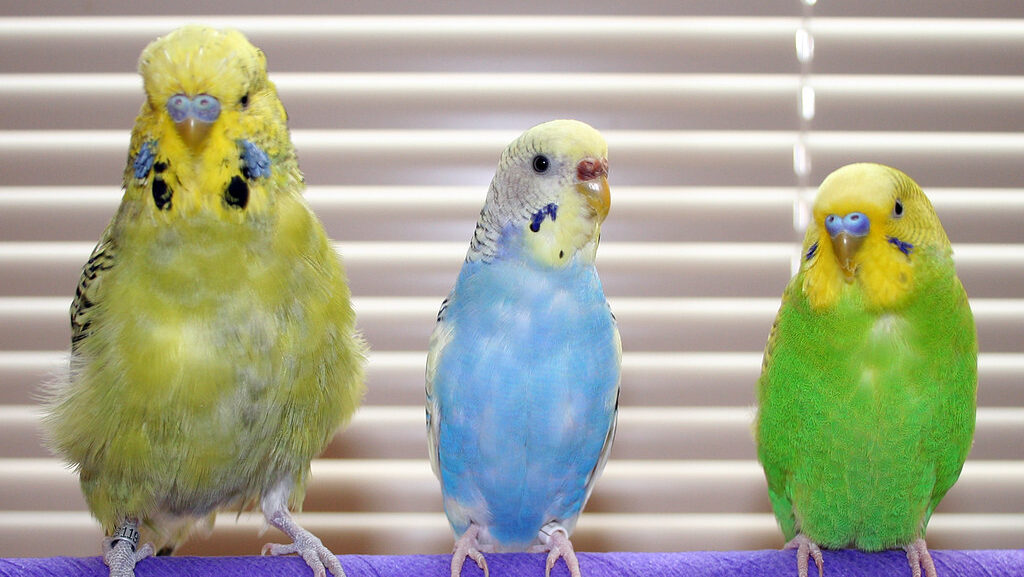
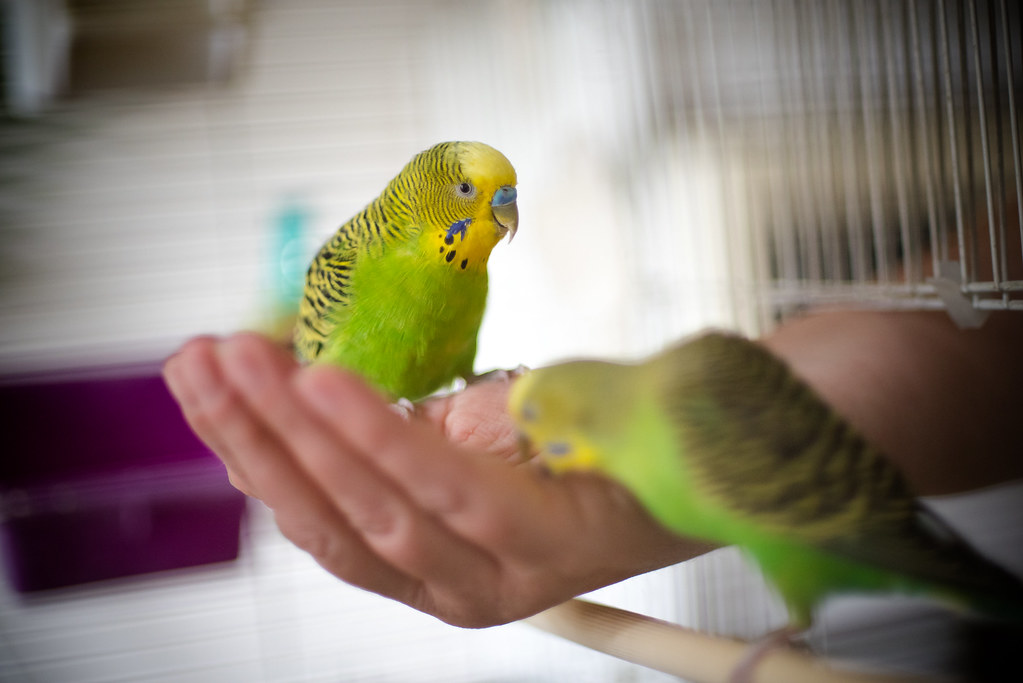
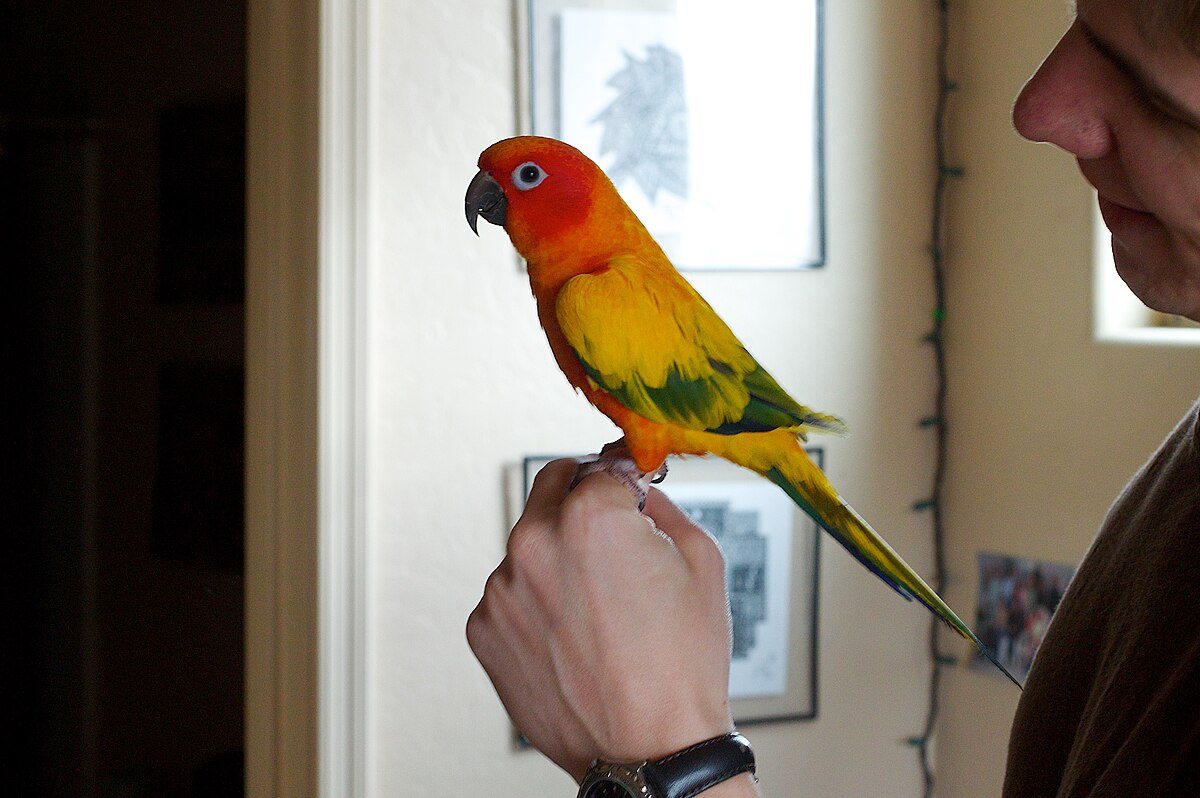
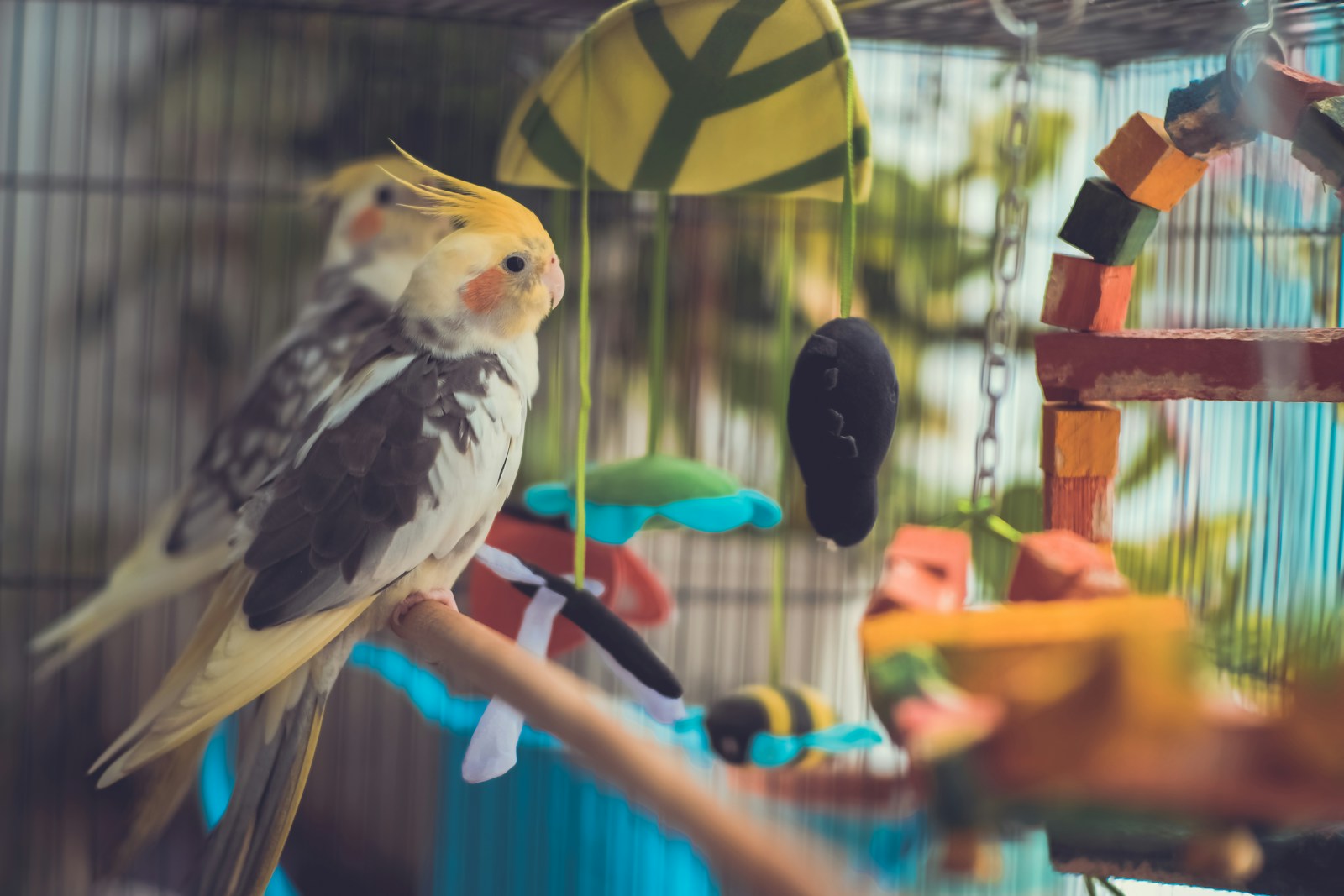
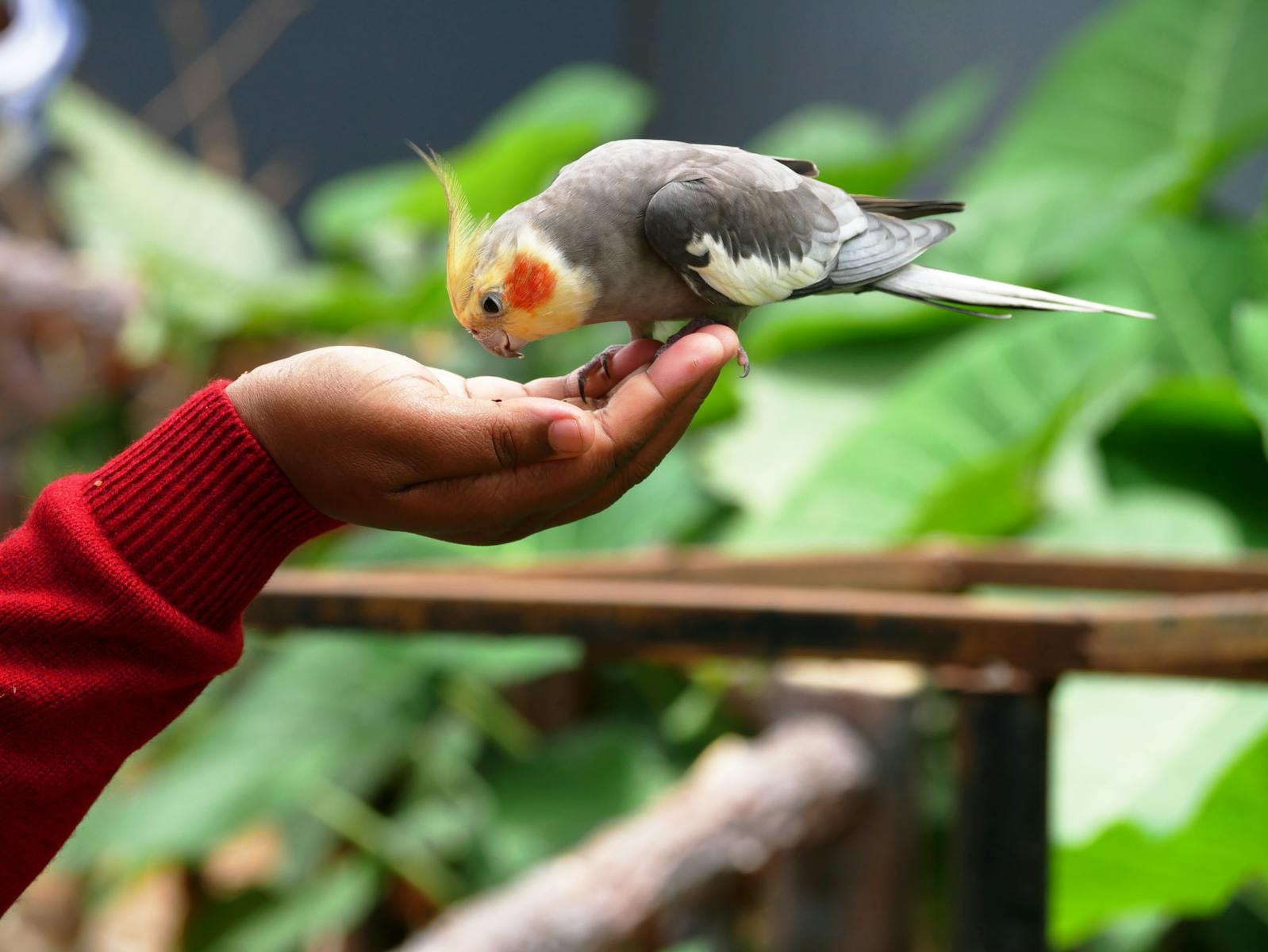
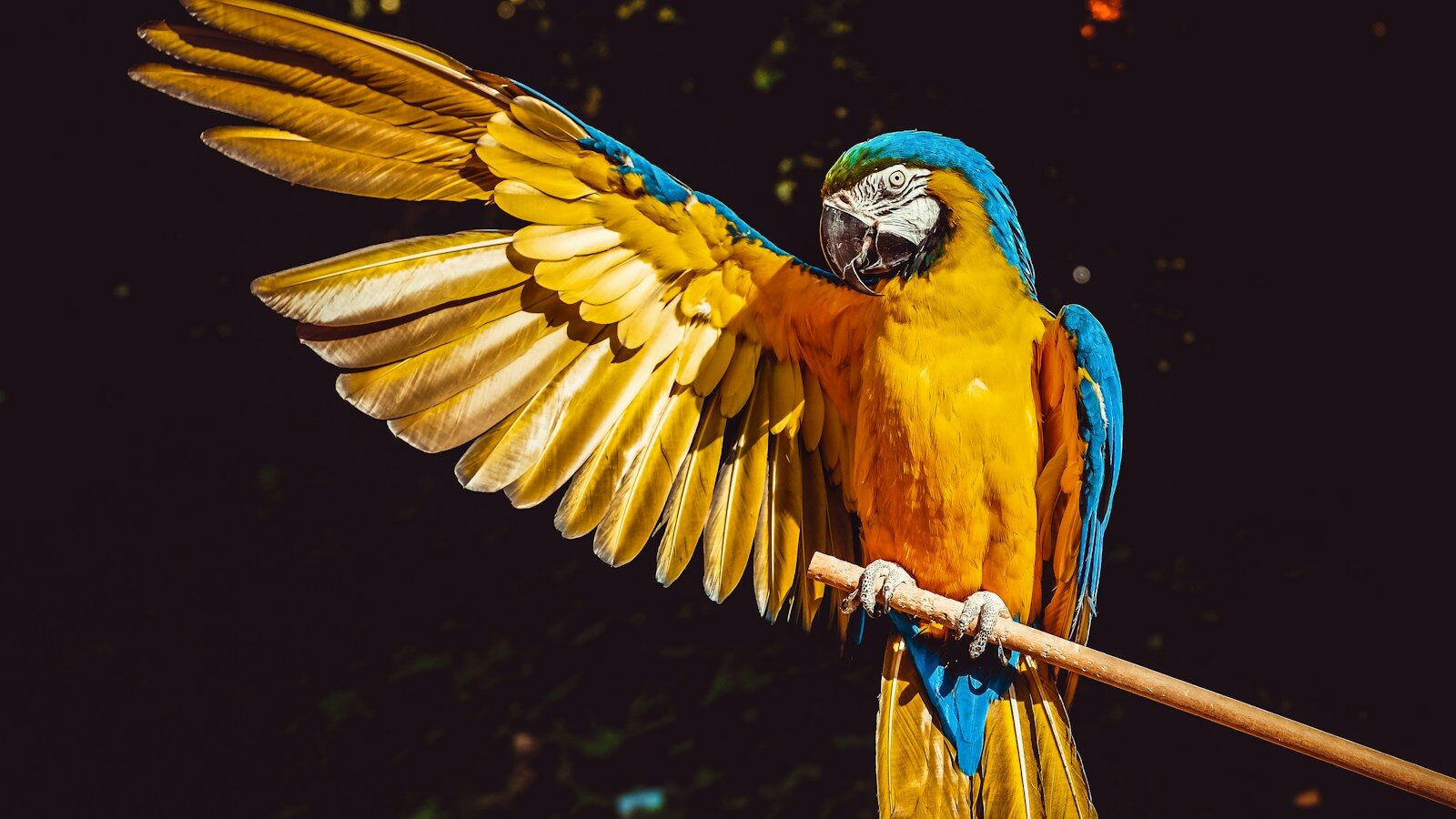

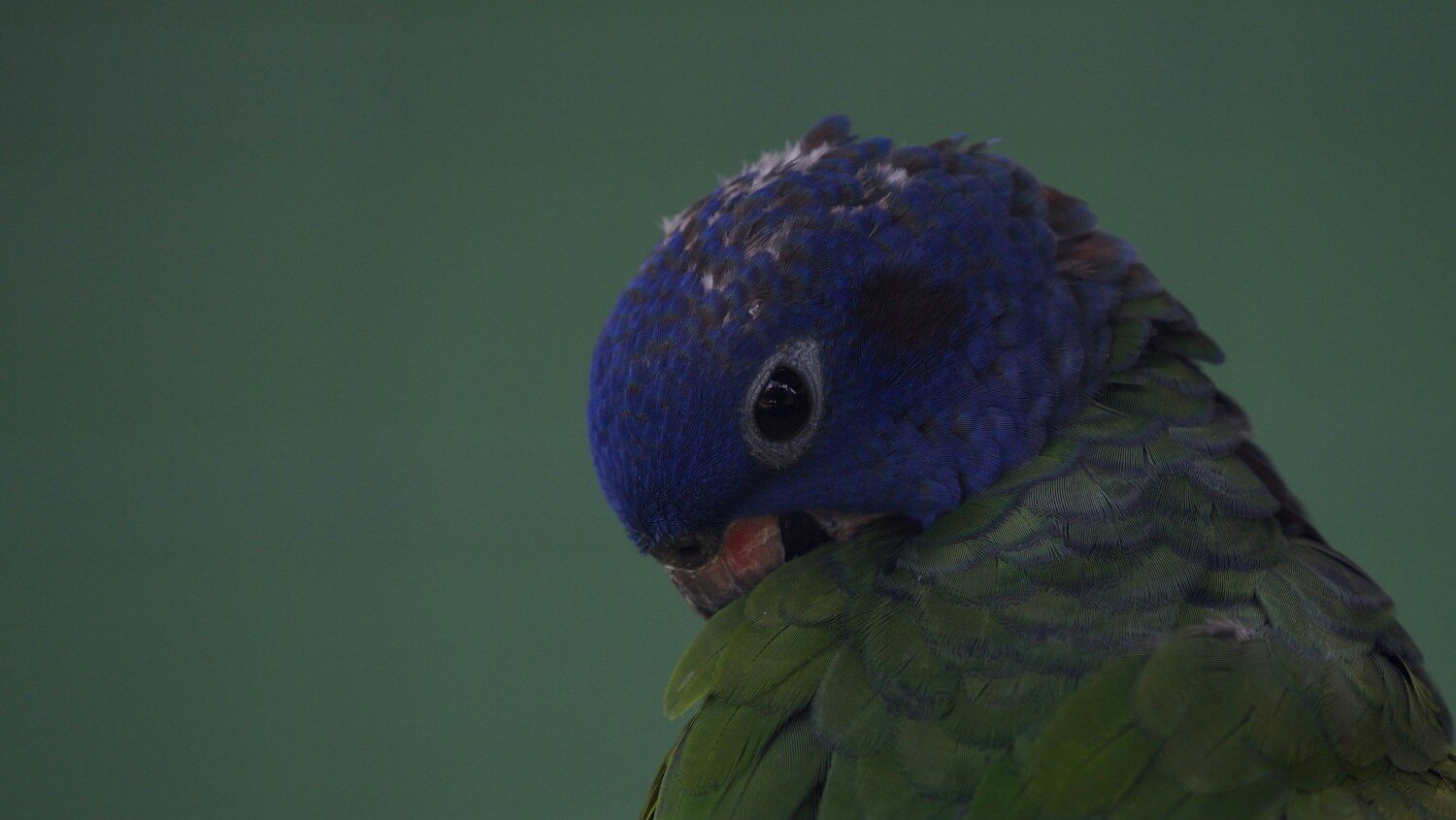
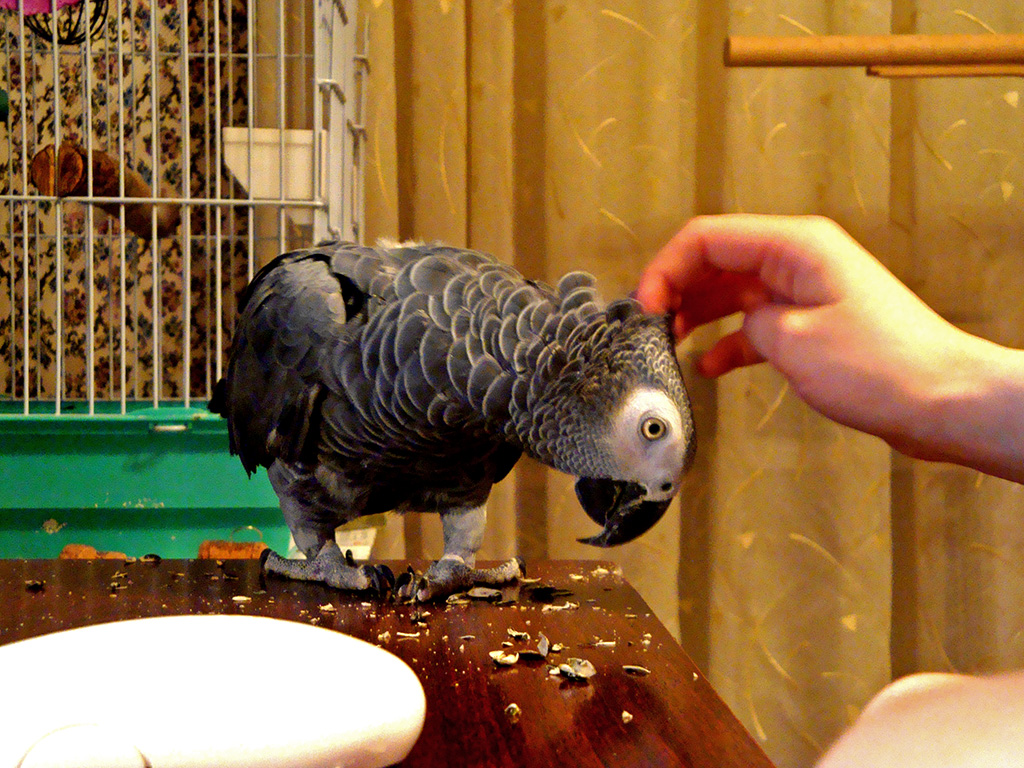
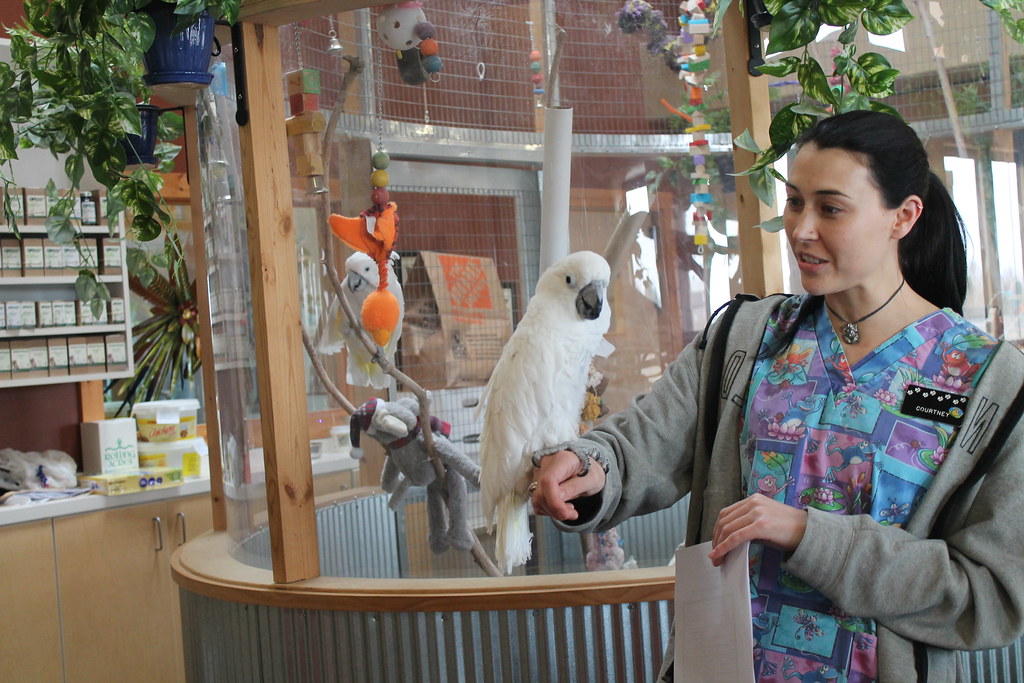





Leave a Reply